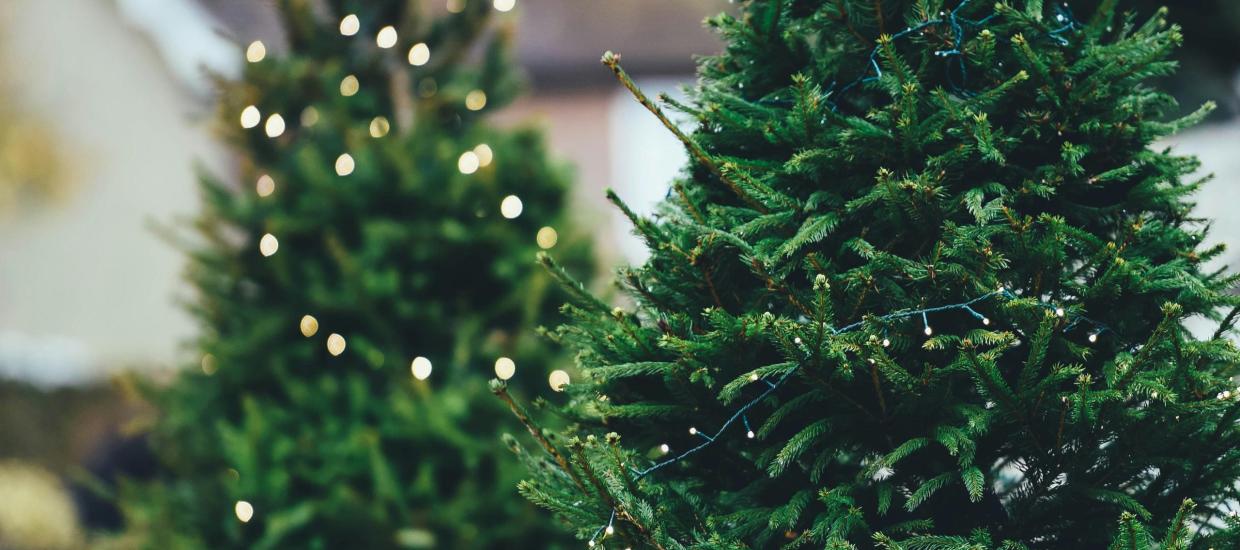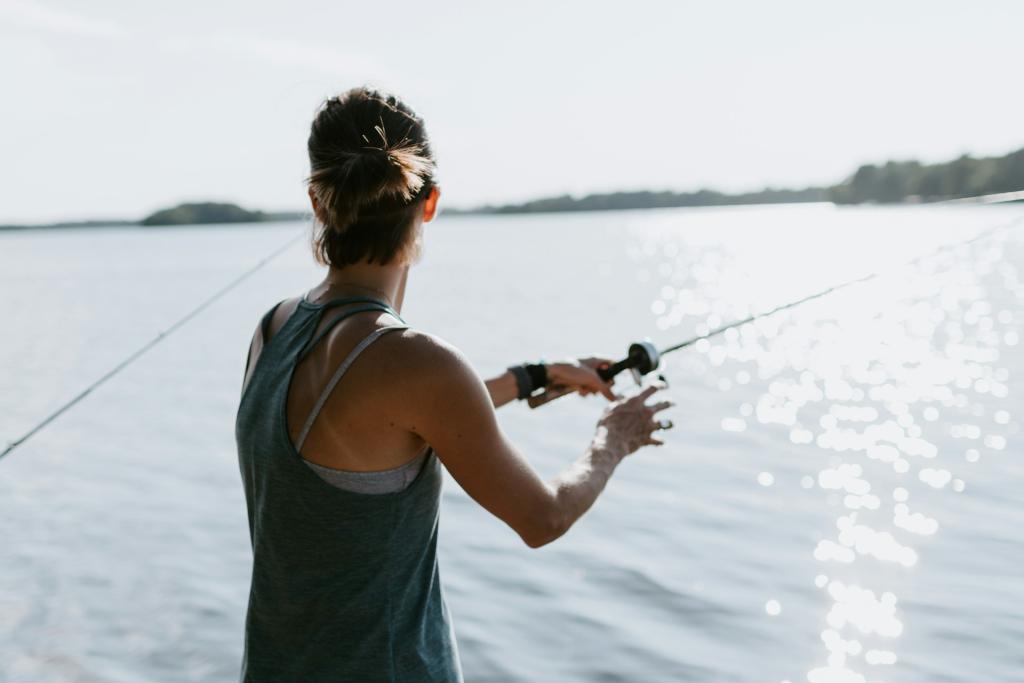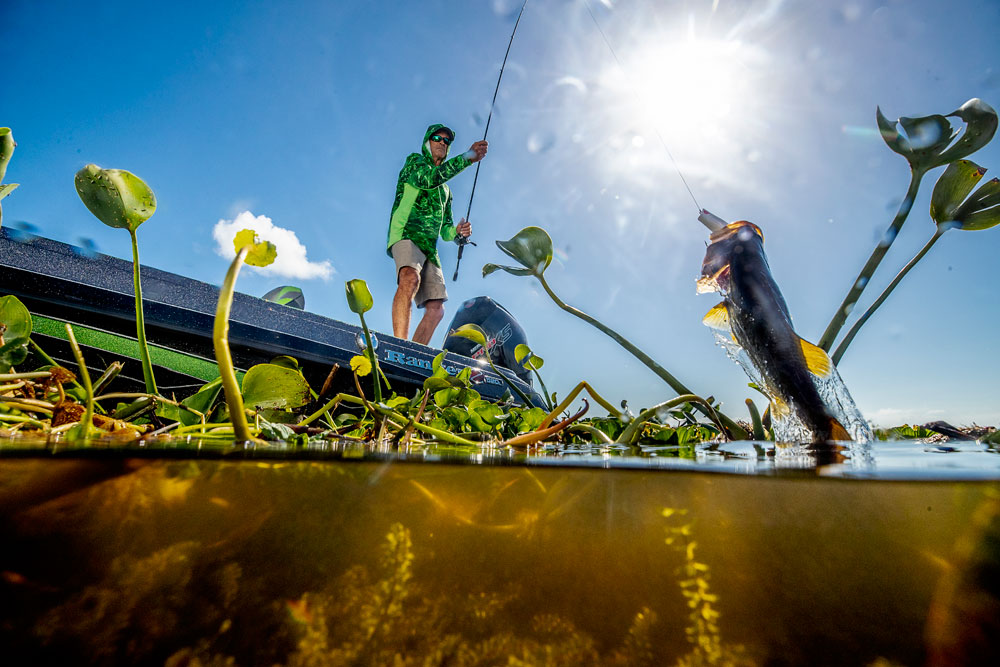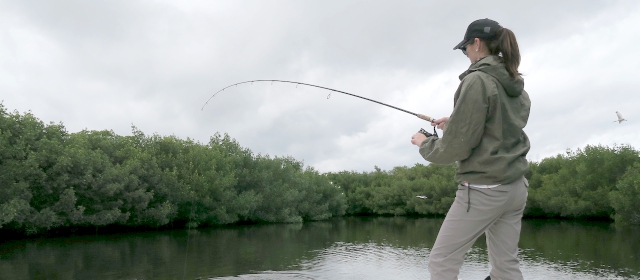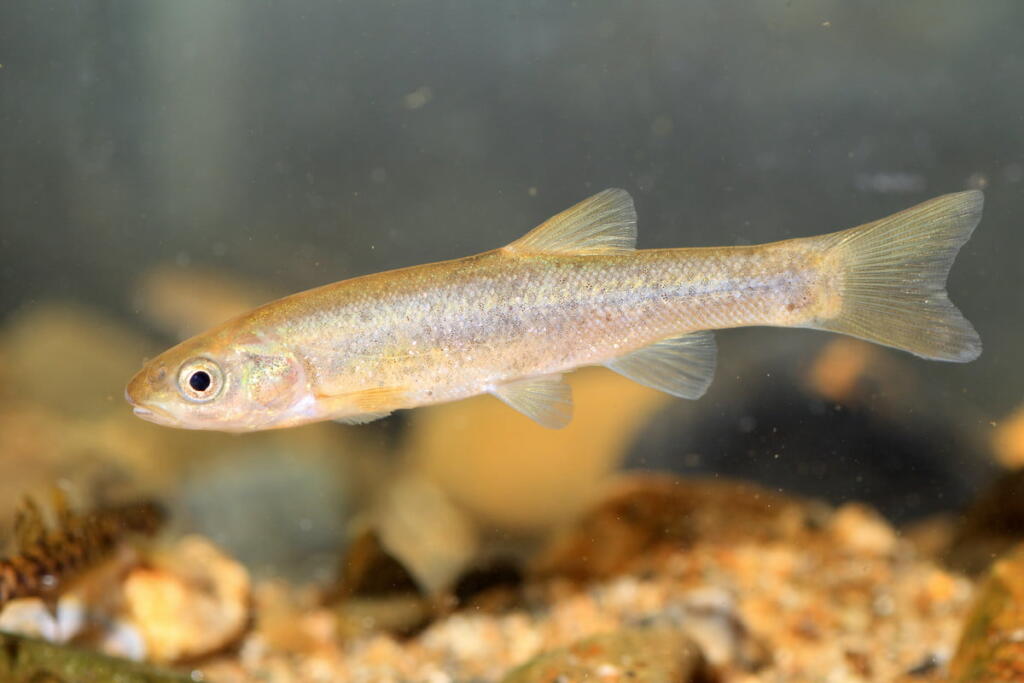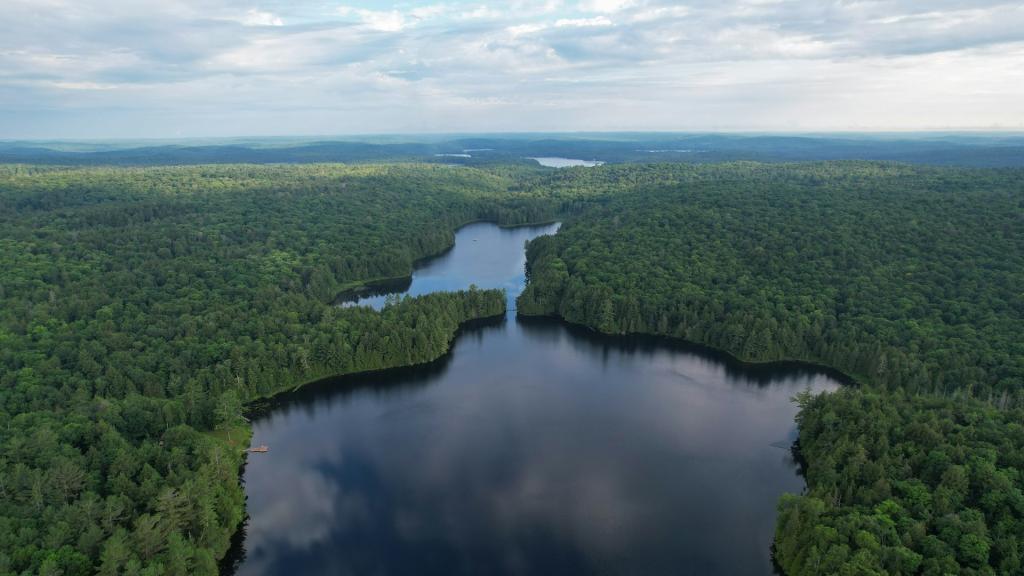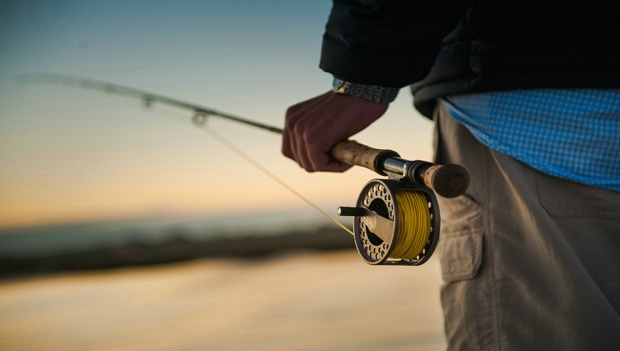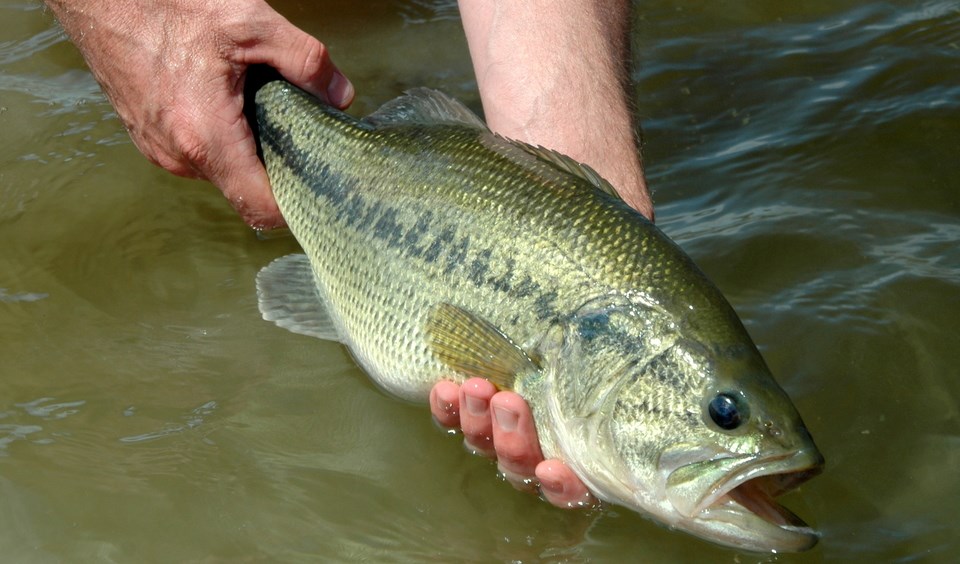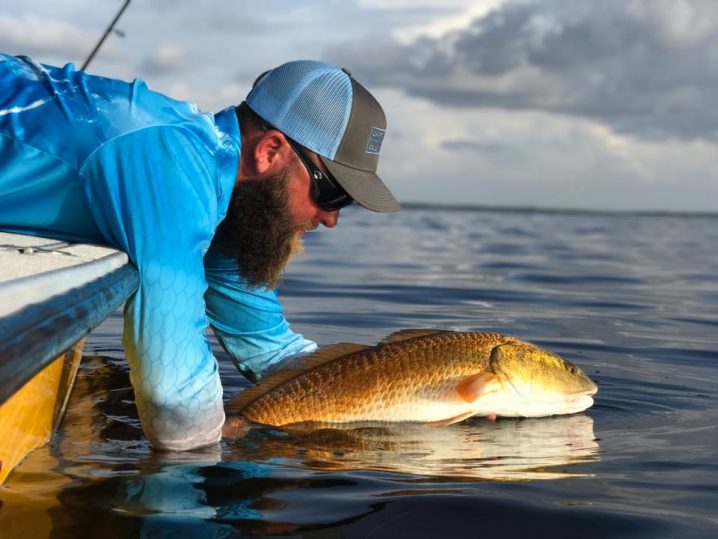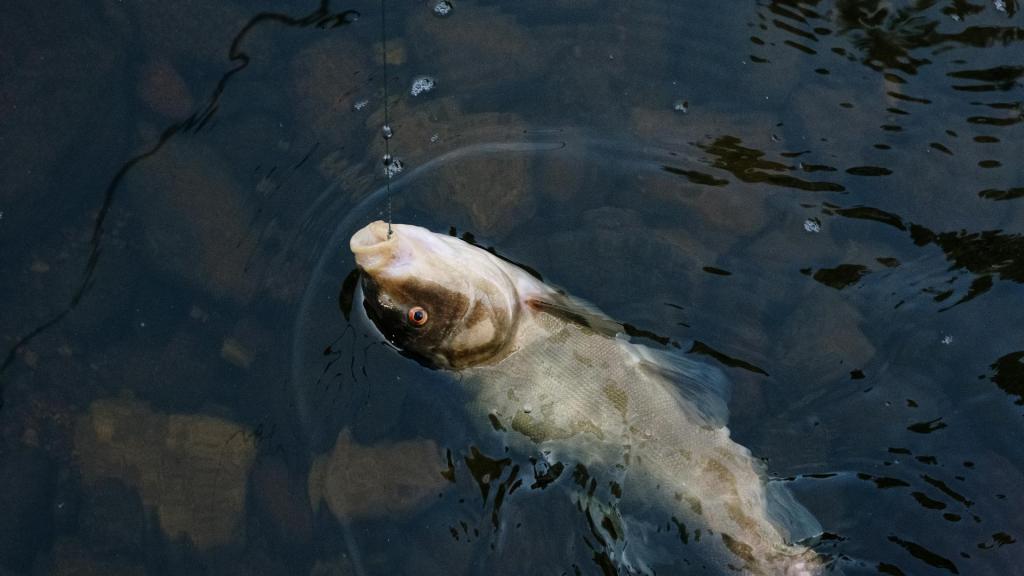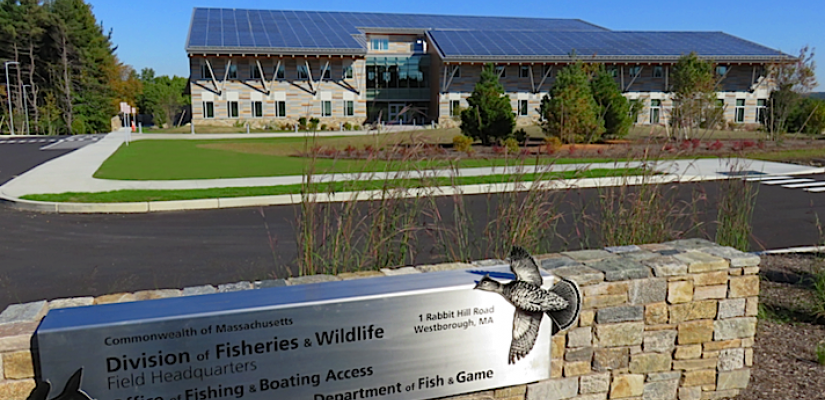Estimated reading time: 4 minutes
Originally published on December 26, 2019.

After all the hype of the holidays, one thing is certain: our homes are overrun with mangled wrapping paper and boxes, and our Christmas trees are now bare.
For some, trees can be packed up and thrown in the attic until next year – the convenience of an artificial evergreen. But for many others, disposing of their live holiday decor, such as garlands and trees, can be challenging. Luckily for those who love the lake, there is a simple solution: sink your old Christmas tree at your favorite fishing hole!
Benefits of Sinking a Tree
Sinking trees, an approved disposal method by the U.S. Army Corps of Engineers and conservation biologists, is a great way to create natural fish habitats in your local ponds and lakes.
Once sunken, recycled Christmas trees become havens for freshwater wildlife, including small insects, snails, and mussels. These tiny organisms attract fish who feed on them, like minnows and crawfish, which attract species such as bass, bluegill, and crappie. One tree can become an entire ecosystem with an estimated lifespan of up to 10 years, which is excellent for lake life and fishing enthusiasts.
Drop-Off Locations/Donation Centers
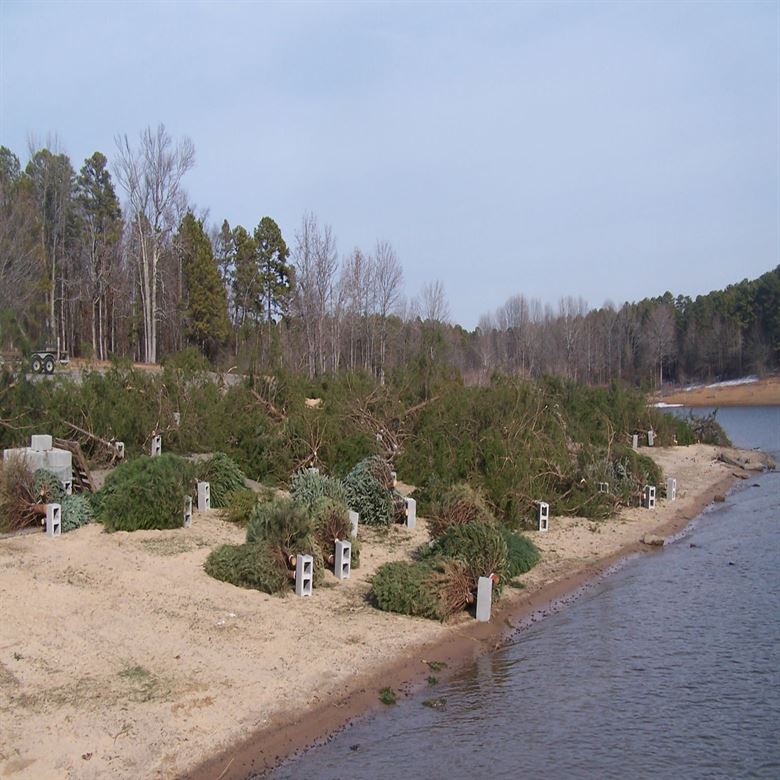
Before sinking your Christmas tree, check with your local Department of Natural Resources, lake management entity, or area conservation office to ensure Christmas tree recycling is allowed on your lake.
Many of these organizations can also tell you where you can find designated drop-off locations for anglers who don’t own boats or have a way to transport their trees to deep waters. These donation centers include parks and recreation offices, ranger stations, and boat ramps. Lake lovers can also put their trees by the road for pickup in many areas.
Self-sinkers are encouraged to dispose of their trees in areas near creek channels, ledges, and drop-off points. They should ask their overseeing organizations if GPS coordinates for their drop-off sites must be submitted for recording purposes.
Tree Sinking Methods and Tips
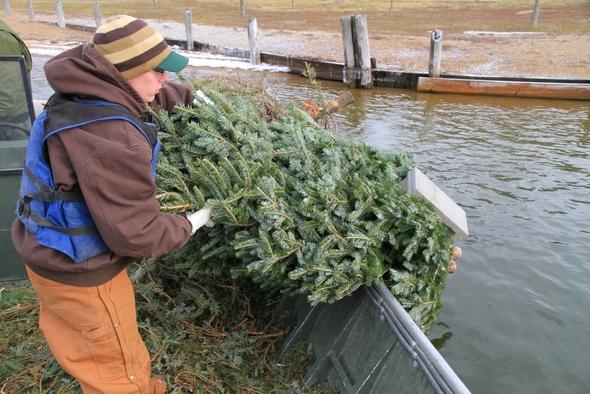
Trees are naturally buoyant, so sinking one requires a little extra weight.
Most commonly, it’s best to remove a few limbs from the tree’s base and expose enough of its trunk to fit into an empty 5-gallon paint bucket.
Once fitted in the container, pour cement into the bucket and allow it to set, effectively securing the tree to its weighted base. Alternative methods include wiring cinder blocks to the base of the tree’s trunk and securing the tree to the cinder block with cement, similar to the paint bucket method.
For optimal fishing, anglers recommend removing several limbs to allow space for larger fish to swim through and inhabit—spaces between six inches wide and eighteen inches wide yield the best variety of sizes. Additionally, trees should be fully submerged year-round to ensure the habitat will remain viable for as many years as possible. Year-round submersion also helps conceal your fishing hole’s location from other anglers, so check the lake’s depth.
What are your plans for your post-holiday tree? Consider improving your lake’s ecosystem by submerging it underwater. Great for both fish and anglers!
For more tips for this holiday season, read “Tips for Celebrating Christmas on the Lake.”

